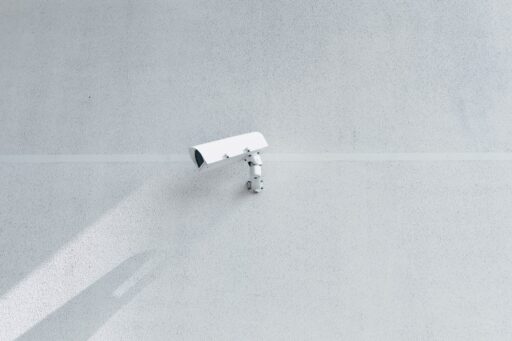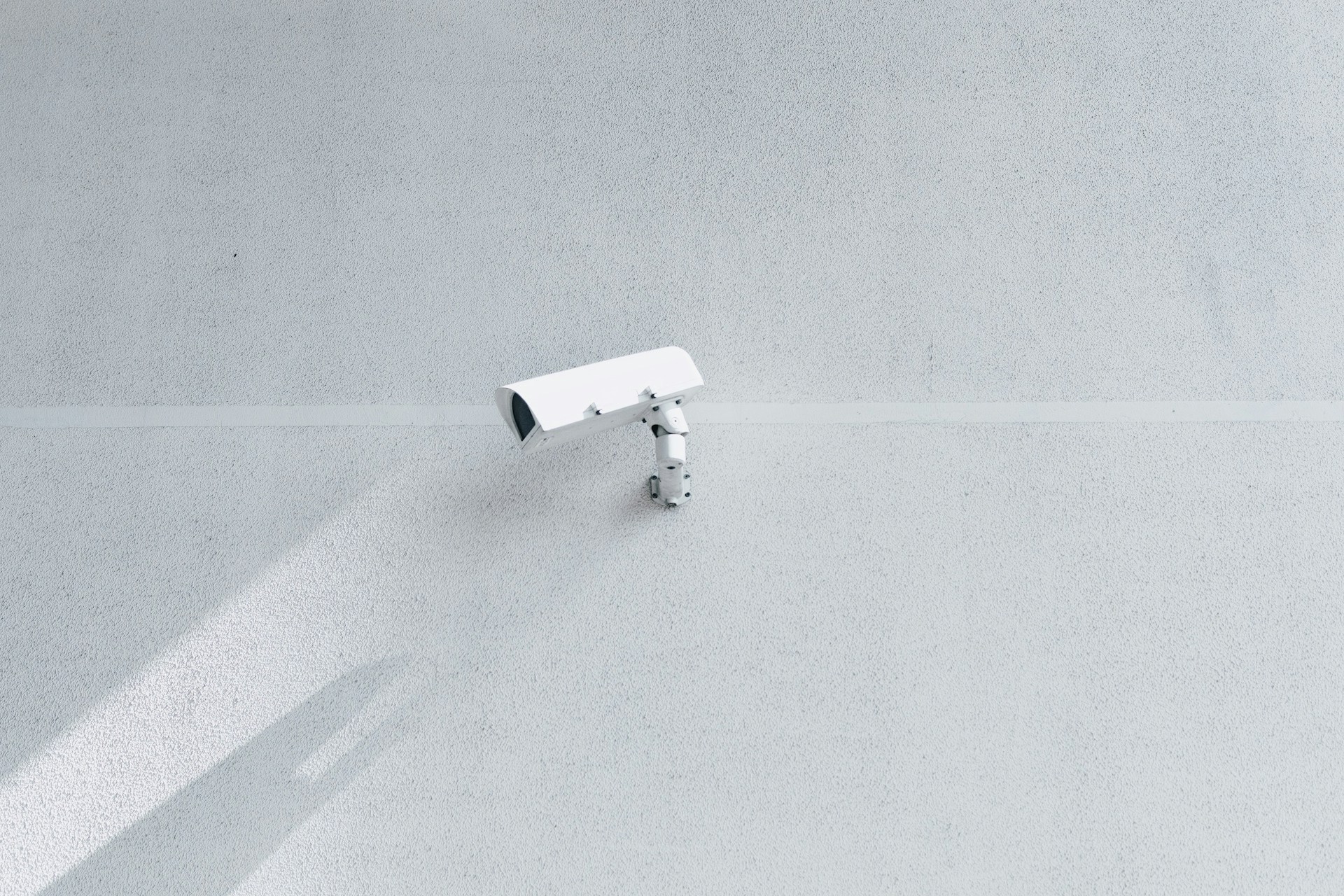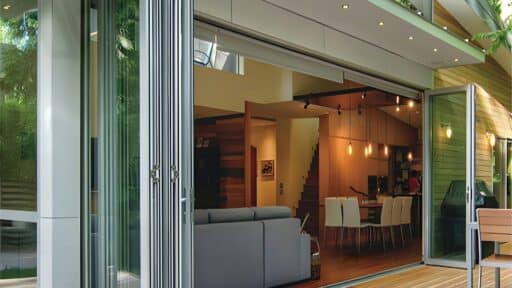Package theft has become an unwelcome reality for many New York City residents. The bustling streets and constant deliveries create opportunities for opportunistic criminals. Recent statistics show a steady increase in property-related incidents across the five boroughs, prompting homeowners to seek reliable protection methods for their families and possessions.
Professional security cameras installation has emerged as a primary defense strategy for residential properties throughout New York. This comprehensive guide explores the critical factors homeowners must consider before investing in surveillance technology, from legal requirements to technical specifications that ensure optimal protection.
Understanding Property-Specific Security Requirements
Every residence presents unique vulnerabilities that demand careful evaluation. Single-family homes in Queens or Staten Island face different challenges compared to Brooklyn brownstones or Manhattan co-ops—the architecture, layout, and surrounding environment all influence which surveillance approach works best.
Homeowners should start by walking the perimeter of their property and identifying potential entry points. Front doors naturally require coverage, but side entrances, basement access points, and backyard gates often receive insufficient attention during planning stages. Package delivery zones have become critical monitoring areas as porch piracy continues to rise across urban neighborhoods.
The goals behind installing surveillance equipment vary considerably among property owners. Some seek visible deterrents that discourage criminal activity before it occurs. Others prioritize evidence collection capabilities for law enforcement purposes. Many homeowners want real-time monitoring that sends instant alerts to their smartphones when unexpected movement is detected near their property.
Budget planning extends beyond initial equipment purchases. Monthly monitoring fees, cloud storage subscriptions, and occasional maintenance costs accumulate over time. Property owners who understand the total financial commitment make better decisions about system complexity and feature selection.
Navigating New York’s Legal Framework
New York State maintains specific regulations regarding surveillance technology that homeowners must respect. Privacy laws dictate what property owners can legally record and how they must handle captured footage. Understanding these boundaries prevents legal complications and maintains positive relationships with neighbors.
Cameras pointed at public sidewalks or streets generally comply with legal standards. However, recording devices aimed at neighboring windows, private yards, or areas where individuals expect privacy cross legal boundaries. Audio recording introduces additional complexity since New York requires all-party consent for conversations, making audio features problematic in many residential settings.
Multi-family buildings present particular challenges for surveillance enthusiasts. Co-op boards and condominium associations frequently impose restrictions on exterior camera placement to maintain building aesthetics and protect collective privacy interests. Historic district properties face additional scrutiny from preservation committees that regulate exterior modifications, including visible security equipment.
Building codes in New York City occasionally require permits for extensive surveillance installations, particularly when electrical work becomes necessary. Professional installers familiar with Department of Buildings regulations help homeowners navigate these requirements and avoid potential fines or forced removal of improperly installed equipment.
Diplomatic communication with neighbors prevents disputes before they escalate. While property owners have the right to monitor their own land, thoughtlessly placed cameras can damage community relationships. Carefully angling devices and explaining security concerns to adjacent residents demonstrates respect and often earns cooperative support.
Evaluating System Technologies and Capabilities
Modern surveillance technology offers two primary connection methods, each with distinct advantages. Wired systems provide stable, interference-free connections that deliver consistent video quality without battery concerns. These installations suit permanent arrangements where reliability matters more than installation flexibility. The trade-off involves more complex setup procedures and visible cabling that requires professional concealment techniques.
Wireless alternatives appeal to renters and homeowners seeking installation simplicity. These devices connect through existing Wi-Fi networks and operate on rechargeable batteries or solar power. However, signal interference from neighboring networks and regular battery maintenance create ongoing management requirements. Range limitations also affect wireless systems in larger properties with distant monitoring zones.
Camera form factors serve different surveillance purposes across residential properties. Bullet-style devices mounted prominently act as visible deterrents while providing excellent long-range coverage for driveways and street-facing areas. Dome configurations offer vandal-resistant housings and subtler appearances suitable for entryways and covered porches. Pan-tilt-zoom models give active monitoring capabilities across broad areas but require more sophisticated control systems.
Resolution quality determines how effectively captured footage identifies faces, license plates, and other critical details. Standard high-definition provides adequate detail for most residential purposes without consuming excessive storage space. Ultra-high-definition formats capture remarkable clarity but generate massive file sizes that quickly fill storage capacity and demand robust internet bandwidth.
Night vision capabilities become essential for round-the-clock protection. Infrared illumination works effectively in complete darkness but produces monochrome footage. Color night vision technologies use ambient light or supplemental LED arrays to maintain full-spectrum recording after sunset, helping identify clothing colors and vehicle shades that aid investigation efforts.
Motion detection intelligence has evolved beyond simple movement triggers. Advanced artificial intelligence distinguishes between people, vehicles, and animals, reducing false alerts from passing cats or windblown vegetation. Package detection features specifically monitor doorstep areas and notify homeowners when deliveries arrive or are unexpectedly removed.
Storage Solutions and Network Infrastructure
Video footage requires substantial storage capacity that increases with the number of cameras and recording duration. Cloud-based solutions offer remote access from any internet-connected device while protecting footage from physical theft. Monthly subscription fees vary by camera count and retention period, creating ongoing expenses that budget-conscious homeowners must factor into their long-term costs.
Local recording systems store footage on physical hard drives located within the property. These network video recorders eliminate recurring subscription fees while providing complete data control. However, determined criminals can steal or destroy recording equipment along with the evidence it contains. Calculating the necessary storage capacity depends on desired retention periods and video quality settings.
Internet bandwidth becomes a limiting factor as the number of cameras increases. Each streaming device consumes upload capacity that can slow household internet performance. Properties with multiple high-resolution cameras may require internet plan upgrades to maintain smooth operation without degrading video quality or disrupting other online activities.
Network security deserves serious attention since poorly protected surveillance systems create entry points for malicious actors. Changing default passwords, enabling encryption, and isolating security devices on separate network segments all strengthen defenses against unauthorized access. Regular firmware updates patch vulnerabilities that manufacturers discover after initial product releases.
Professional Installation Advantages
Self-installation attracts homeowners seeking cost savings and hands-on involvement with their security systems. However, professional technicians bring expertise that helps prevent common placement errors and ensure code compliance. Licensed installers understand optimal mounting heights, field-of-view calculations, and weatherproofing techniques that protect equipment through harsh northeastern winters.
Camera positioning significantly affects system effectiveness. Mounting devices too high reduces facial recognition accuracy, while placing them too low invites tampering. Proper angling avoids backlighting issues from sunrise and sunset that wash out video quality during critical morning and evening hours when many incidents occur.
New York City’s older buildings present installation challenges that experienced technicians navigate skillfully. Drilling through brick, stone, or historic materials requires specialized tools and techniques. Running cables through finished walls without damaging plaster or creating unsightly eyesores requires knowledge gained from years of field experience across diverse property types.
Lock and Tech USA provides comprehensive consultation services that help homeowners design effective surveillance systems matched to their specific properties and concerns. Licensed professionals assess vulnerabilities, recommend appropriate equipment, and execute installations that meet all regulatory requirements while delivering reliable long-term performance. The company’s technicians understand New York’s unique residential landscape and tailor solutions accordingly.








